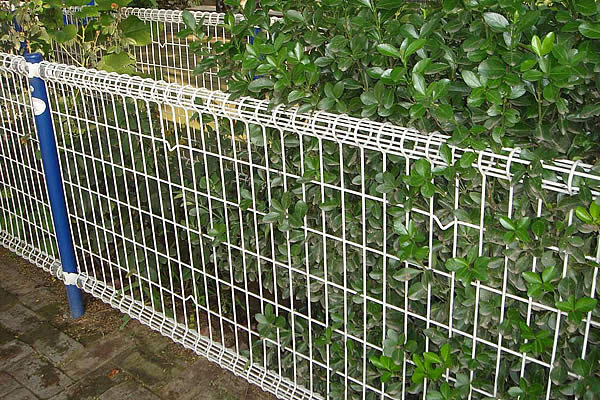 TEL:
+86-13102802206
TEL:
+86-13102802206
 Email:
fencenetting@china.com
Email:
fencenetting@china.com
 Language
Language
 TEL:
+86-13102802206
TEL:
+86-13102802206
 Email:
fencenetting@china.com
Email:
fencenetting@china.com
 Language
Language


The Versatility and Benefits of 60% 20 Woven Wire Fencing
When it comes to choosing the right fencing solutions for agricultural, industrial, or residential purposes, one standout option that is gaining significant popularity is the 60% 20 woven wire fence. This type of fence is characterized by its design and structure, which features woven wire strands that provide a robust barrier while ensuring versatility and durability. In this article, we will explore the intricacies of 60% 20 woven wire fencing, its applications, and the benefits it offers.
Understanding 60% 20 Woven Wire Fencing
The terminology of 60% 20 refers to the specifications of the wire fence. The 60% typically represents the height of the fence, which is essential for keeping animals secured or delineating property lines. The 20 often indicates the gauge of the wire used, reflecting a robust design that withstands various environmental conditions. Woven wire fencing is constructed by intertwining horizontal and vertical wires, creating a sturdy mesh that can be tailored to a variety of needs.
Applications of Woven Wire Fencing
One of the significant advantages of the 60% 20 woven wire fence is its wide range of applications. Agriculture remains one of the primary sectors benefiting from this fencing type. Farmers use it to contain livestock, protect crops from wildlife, and establish boundaries within their property. Not only does it prevent animals from straying, but it also allows for visibility, enabling farmers to monitor their herds easily.
Additionally, woven wire fencing is commonly employed in residential settings. Homeowners may choose this fencing style for its aesthetic appeal and effective boundary definition. It can be used around gardens, pools, and play areas, providing safety without obstructing views. Moreover, woven wire fencing’s durability makes it an ideal choice for areas prone to extreme weather or pest infestations.
Benefits of 60% 20 Woven Wire Fencing

1. Durability and Strength Constructed from high-quality steel, 60% 20 woven wire fencing provides exceptional strength. This resilience allows it to withstand harsh weather conditions, making it suitable for various environments, from rural farmlands to industrial sites.
2. Cost-Effectiveness Although initial installation costs may vary, woven wire fencing often proves to be a long-term investment. Its durability ensures that maintenance costs are minimized over time, and its robust nature means that it can last for decades with proper care.
3. Visibility and Airflow Unlike solid fences that obscure views and limit airflow, woven wire fencing offers transparency. This feature is particularly beneficial for farms and properties that require open visibility while still providing a barrier to keep animals in or out.
4. Flexible Design Options 60% 20 woven wire fences can be customized in terms of height, gauge, and spacing between the wires. This flexibility means that property owners can tailor their fencing solution to meet specific needs, whether for livestock management or property definition.
5. Environmentally Friendly Woven wire fencing is often made from recyclable materials, making it a more sustainable option than plastic fencing. Its natural appearance also blends well with various landscapes, enhancing the aesthetic appeal of properties.
Conclusion
In summary, the 60% 20 woven wire fence is a practical and versatile fencing solution suitable for agriculture, residential properties, and industrial applications. Its combination of durability, cost-effectiveness, and aesthetic appeal makes it an excellent choice for those looking to define boundaries and protect valuable assets. As property owners increasingly prioritize sustainability and long-term investments, woven wire fencing stands out as an ideal option that meets both practical and environmental needs. Whether for livestock management, secure property lines, or enhancing outdoor spaces, the 60% 20 woven wire fence offers a reliable solution that is worth considering.